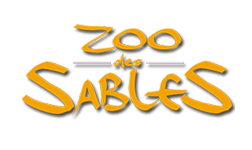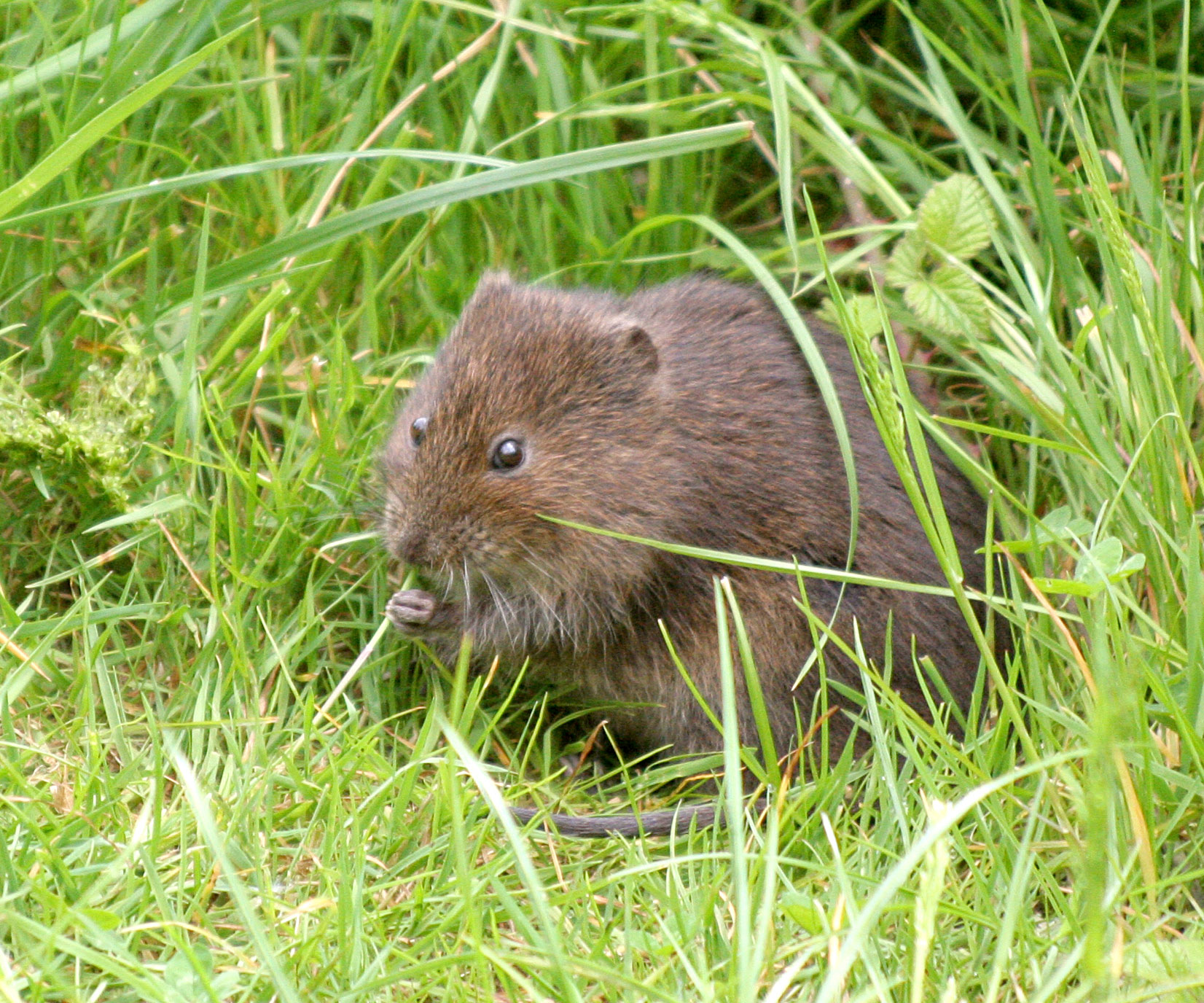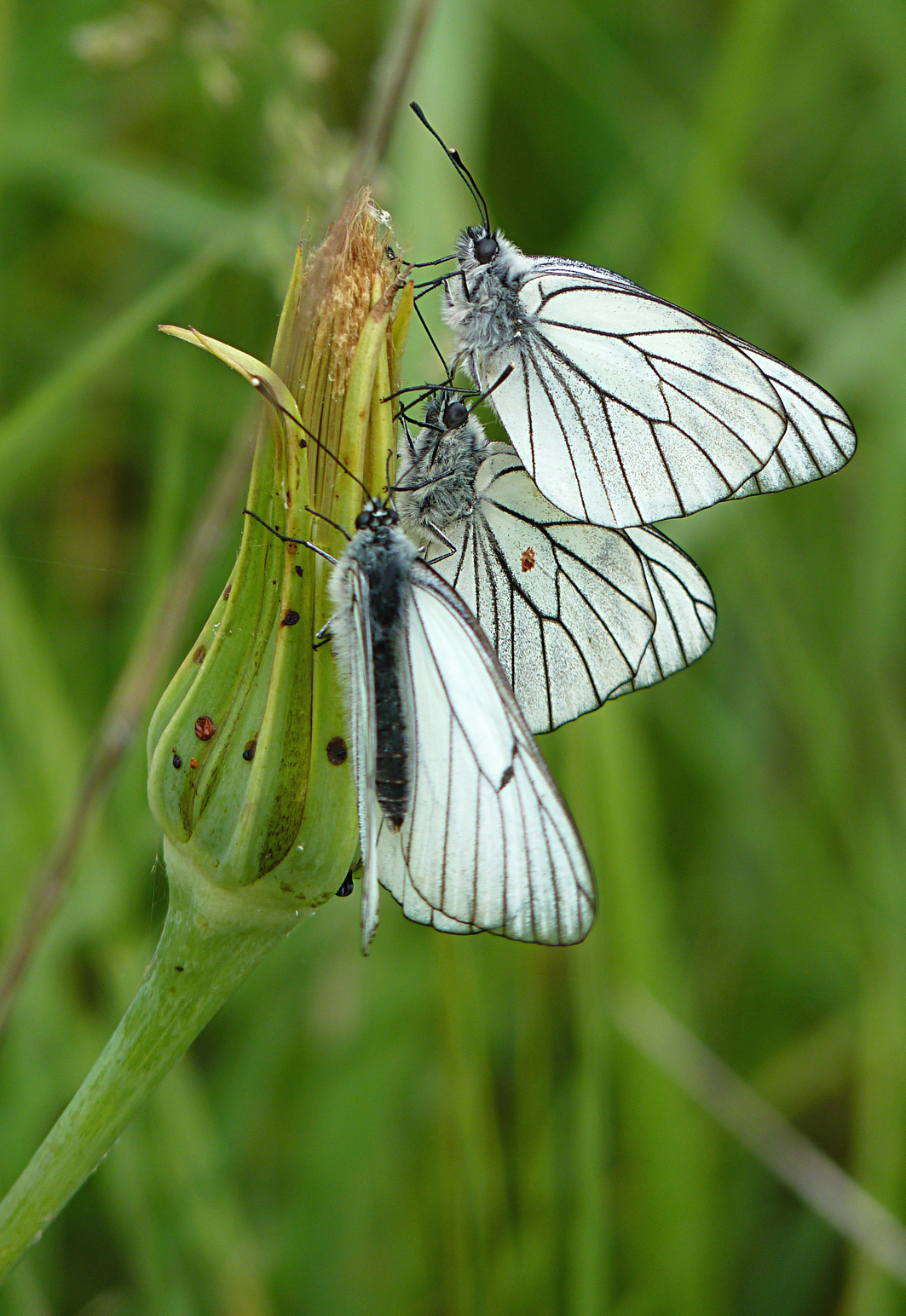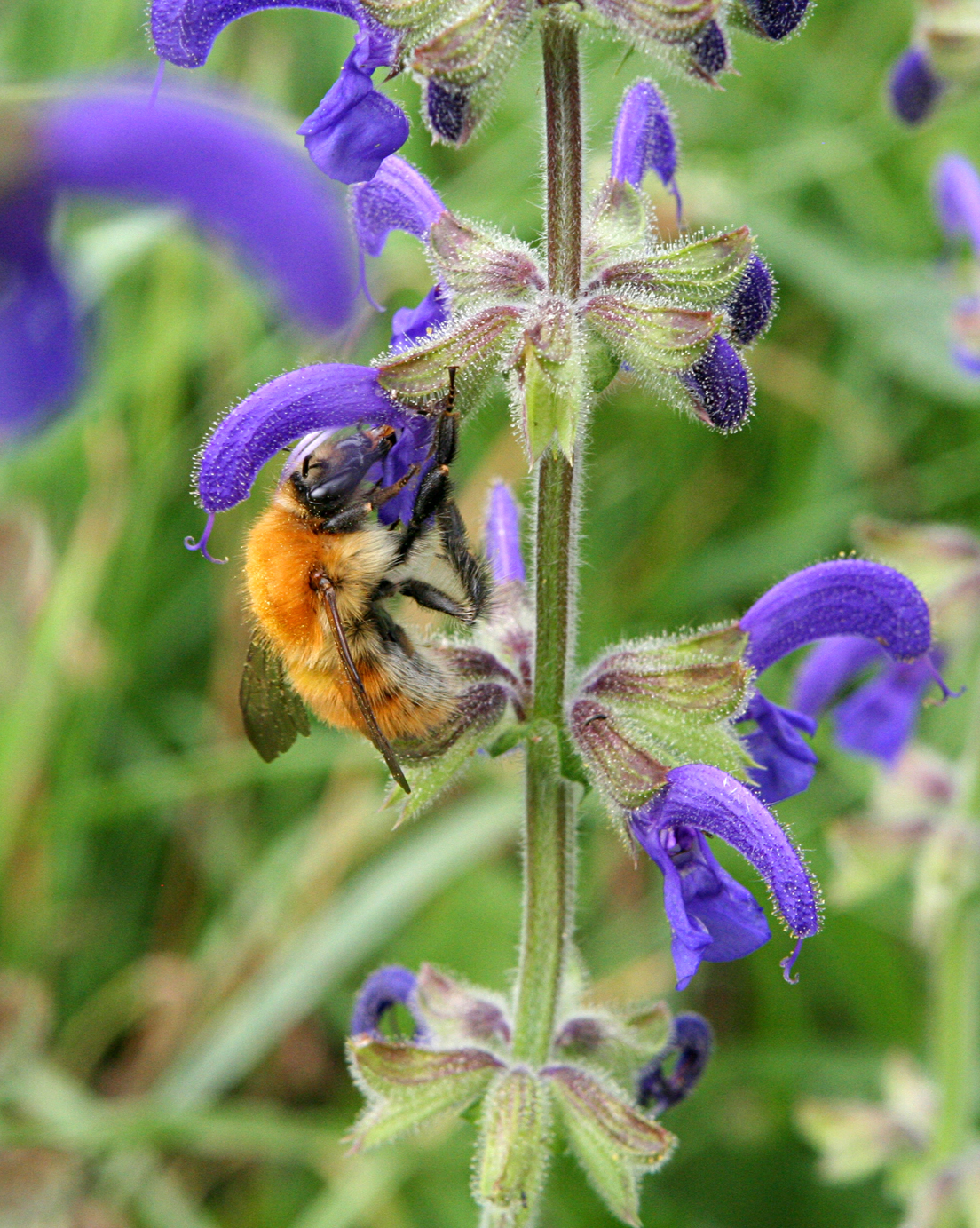The Conservation of endemic species has become a priority objective for our Zoo. Therefore, an inventory of local flora and fauna was started in 2007 and is being completed to enable us to accurately pinpoint the threatened wild species inside the Park. This should allow us to build shelters and installations tailored to their needs. For example, Blue tit, Great tit and Pipistrelle (small bats) nests have already been built inside the Zoo and are very much appreciated by these small species. The Zoo’s lakes have been emptied in 2010 and have been completely reorganised to better fight against “Eutrophication” and “Revegetation” so that endemic aquatic species can prosper.
SOUTHERN WATER VOLE
Several Southern Water Vole families have taken up residence at the Zoo, which has created favourable conditions for their survival through its environmentally friendly policy. Today, this species is classified as
« Vulnerable » by the International Union for Conservation of Nature (IUCN). In the past, Southern Water Voles were very common in wetland regions of France, Portugal and Spain but have progressively disappeared from most of these regions because of pollution, wetland deterioration and rat extermination campaigns. Being vegetarian, Voles mainly eat plants growing near rivers and pools of water. Contrary to common belief, this charming little animal is not harmful as it does not attack crops.
OBSERVATION OF BUTTERFLIES, SNAILS, SLUGS AND BUMBLEBEES
As part of the “Vigie Nature” Project, the association “Noé Conservation” and the National Natural History Museum (MNHN) have initiated large-scale Citizen Science Programmes: The “Butterflies & Gardens” Programmes; the “Snails Operation”; the “Coleos investigation” and the “Bumblebee Observatory”. The prime objective is to obtain information on the biodiversity of these species in France. Starting with a user’s notice, an identification guide and a field chart, each person with a garden can participate in the preparation of an inventory. Data collected from participants are reviewed by Scientists from the MNHM and the general public can follow the progress online.
BUTTERFLIES AND GARDENS
The Ecozoo is involved in the « Butterflies and Gardens » Program launched in 2006 along with the « Nicolas Hulot Foundation for Nature and Mankind ».
SNAILS OPERATION
All volunteers are asked, three times a year, to look for snails and slugs in their gardens, and to identify them and forward their observations to the MNHN Scientists. The main objective is to ensure a follow-up on the population of common species living alongside mankind where we have little idea whether their numbers are growing or not.
BUMBLEBEE’S OBSERVATORY
In the same way, the Zoo is working on a group of bumblebees and carpenter bees.





